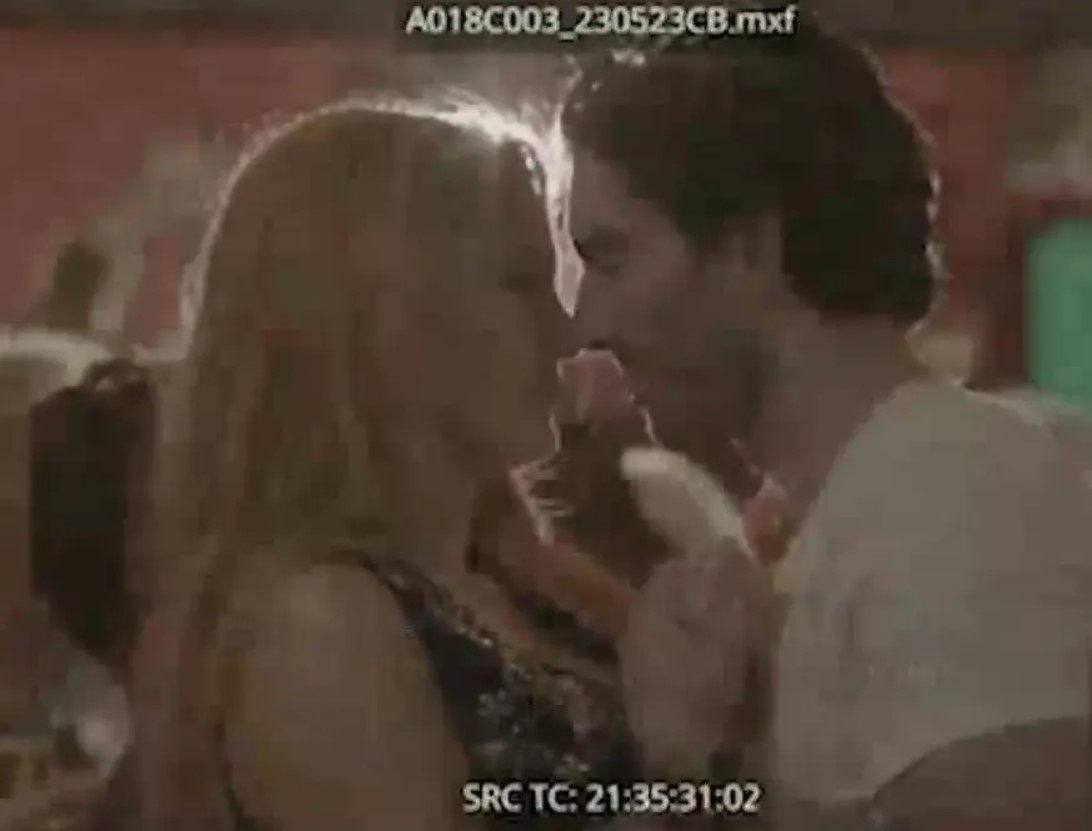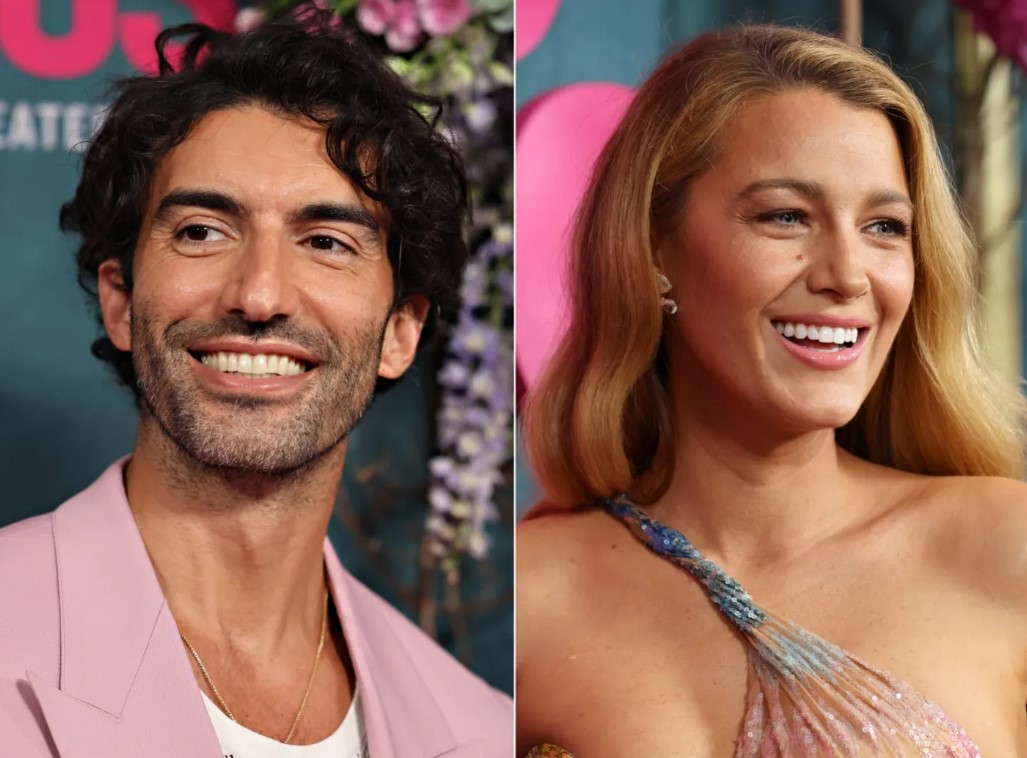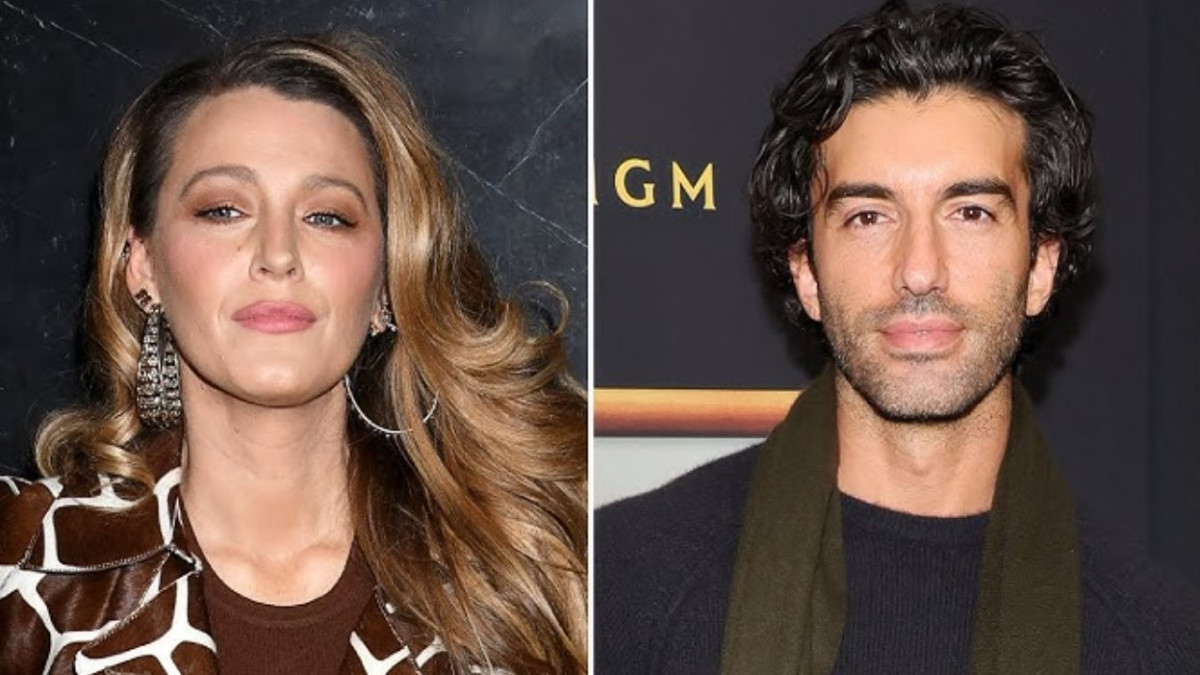Justin Baldoni and Blake Lively Video Dispute Explained
The ongoing legal confrontation between Justin Baldoni and Blake Lively captures significant media attention and public discourse, reflecting deeper issues within Hollywood regarding workplace conduct and the boundaries of professional behavior. Central to this controversy is the film “It Ends With Us,” where both actors not only share the screen but also embody crucial roles that have become intertwined with real-life allegations off-screen.

In “It Ends With Us,” Baldoni is not only the male lead but also serves as the director and producer. His roles behind and in front of the camera give him substantial influence on set. Blake Lively, known for her compelling performances in previous works like “Gossip Girl,” stars opposite him, bringing her own considerable star power and expectations of a professional working environment. The film, adapted from a popular novel, is designed to explore themes of love and emotional resilience, making the allegations stemming from its production particularly poignant and ironic.
The legal issues began to unfold publicly when Lively filed a complaint with the California Civil Rights Department on December 21, followed by a lawsuit alleging harassment. She accuses Baldoni of inappropriate behavior during a slow dance montage that was meant to depict their characters falling in love. According to Lively, Baldoni’s actions during this scene, which included unsolicited physical closeness and remarks about her scent, were unscripted and made her uncomfortable, claims that Baldoni has vehemently denied.
This dispute has sparked a broader conversation about the dynamics of power and respect in the entertainment industry, as both parties prepare for a contentious legal battle that delves into the complex interplay between scripted romance and real-world conduct. As this legal drama unfolds, it continues to draw attention to the need for clear professional boundaries and respectful interactions in high-pressure creative environments.
Contents
Background of the Dispute
The dispute between Blake Lively and Justin Baldoni centers around serious allegations made by Lively against Baldoni, stemming from their work together on the film “It Ends With Us.” According to Lively, during the filming of a crucial slow dance montage, Baldoni exhibited behavior that she deemed inappropriate and unprofessional. This scene, designed to portray a blossoming romance between their characters, instead became a point of contention that escalated to legal action.
In her lawsuit filed with the California Civil Rights Department and later detailed in a civil harassment lawsuit, Lively describes a disturbing encounter. She alleges that Baldoni, under the guise of staying in character, leaned forward and inappropriately dragged his lips from her ear down her neck while commenting on how good she smelled. This action, Lively claims, was not scripted and was entirely out of context for their scene, which required no dialogue and was meant to be portrayed without sound, focusing solely on the visual expression of romance and longing.
Lively’s complaint further details how Baldoni’s actions were not isolated but part of a pattern that contributed to a hostile work environment. This environment, she contends, necessitated a production meeting to address the issues, which had nearly derailed the film’s completion.
Release of Set Footage and Viral Video
In response to these allegations, Justin Baldoni’s legal team took the unusual step of releasing nearly ten minutes of footage from the day the specific scene was shot. This release aimed to counter Lively’s accusations by demonstrating that the interactions between Baldoni and Lively were professional and within the scope of their roles.
Justin Baldoni and Blake Lively Video
justin-baldoni-and-blake-lively-video.mp4
The footage shows Baldoni and Lively performing the slow dance multiple times, with varying degrees of intimacy as dictated by the scene’s requirements. Throughout the takes, both actors discuss how to best convey their characters’ romantic tension, suggesting a collaborative environment. At one point, the video captures a lighter moment where Baldoni asks Lively if his beard is bothering her, to which she responds humorously about possibly transferring her spray tan onto him, and Baldoni replies that “it smells good.”
Baldoni’s legal representatives issued a statement accompanying the footage, asserting that the video clearly refutes Lively’s characterization of the incident. They argue that the footage shows both actors behaving professionally, with mutual respect and adherence to the demands of the scene.
Reactions to the Footage
The release of the footage was met with mixed reactions. Lively’s legal team quickly responded, stating that the video, rather than exonerating Baldoni, corroborates Lively’s claims as described in her lawsuit. They highlighted how Lively appears to lean away from Baldoni and repeatedly suggests they should focus on talking rather than kissing, which they argue is a sign of her discomfort with the physical closeness.

Public and media reactions were similarly divided. Some commentators noted that the footage does show a professional setting with no overt signs of harassment, supporting Baldoni’s claim of innocence. Others, however, sided with Lively, interpreting her body language and the context of their exchanges as evidence of her trying to navigate an uncomfortable situation subtly.
This situation has ignited broader discussions about the nuances of actor interactions on set, consent, and the interpretation of body language and scripted intimacy in film production. As both legal teams prepare for further proceedings, the entertainment industry and its observers remain closely tuned to how this case might influence future on-set protocols and actor safety.
Legal Proceedings and Statements
The legal conflict between Blake Lively and Justin Baldoni began with Lively’s initial complaint filed with the California Civil Rights Department on December 21, which preceded her civil harassment lawsuit. This legal battle escalated quickly, with both parties taking aggressive legal stances. Lively’s lawsuit detailed allegations of repeated harassment and other inappropriate behavior that she claims created a hostile work environment on the set of “It Ends With Us.”

In response, Baldoni launched a formidable legal counterattack. He filed a $250 million libel suit against The New York Times on December 31, accusing the publication of disseminating a narrative rife with inaccuracies and omissions, biased by what he described as Lively’s “self-serving narrative.” This was followed by a $400 million defamation lawsuit against Lively, her husband Ryan Reynolds, and her publicist Leslie Sloane, alleging a concerted effort to malign his reputation and disrupt his professional and personal life through a “social manipulation” campaign.
These lawsuits mark a significant escalation in the dispute, highlighting the intense legal and public relations strategies employed by both sides.
Broader Implications
The legal battle between Lively and Baldoni extends beyond their personal and professional lives, resonating throughout Hollywood and raising critical questions about on-set behavior and the mechanisms in place to handle allegations of harassment. This case has thrust the issue of power dynamics within the entertainment industry back into the spotlight, prompting discussions about the adequacy of existing policies to protect actors and crew from harassment and abuse.
Moreover, the public nature of this dispute has influenced the reputations of both Lively and Baldoni. For Lively, this case tests her public persona as an advocate for women’s rights and safety in the workplace. For Baldoni, the allegations challenge his identity as a progressive filmmaker who has publicly committed to creating empowering and respectful work environments.
As this legal drama continues to unfold, both parties remain committed to their respective narratives and legal strategies. Lively’s team emphasizes the importance of holding individuals accountable for overstepping professional boundaries, while Baldoni’s team defends his actions as within the bounds of professional conduct and accuses the other side of manipulating public perception and legal narratives for personal gain.
The outcome of this dispute will likely have profound implications for industry standards and personal accountability in Hollywood. It could prompt more stringent policies and clearer guidelines for behavior on set, particularly during scenes involving physical intimacy. Additionally, it may influence how allegations of harassment are handled from a legal and public relations perspective, possibly encouraging more transparent and responsive measures.
Ultimately, this case could serve as a bellwether for how the entertainment industry addresses similar disputes in the future, potentially leading to a cultural shift towards more respectful and conscientious interactions in all professional creative spaces.
Hot News -Rapper JP Video Leak: Impacts and Reactions
Zara Dar Viral Video and Exploring the Impact
Piel Canela y JR Viral Video and Unpacking the Controversy
Bonnie Blue World Record Video Goes Viral and Exploring
Eagles Fan Packers Video and Faces Consequences
Brooklyn Queen and Misty Fight Video and A Viral Sensation
Elena Sainte Dollar General Video and Analyzing the Impact

